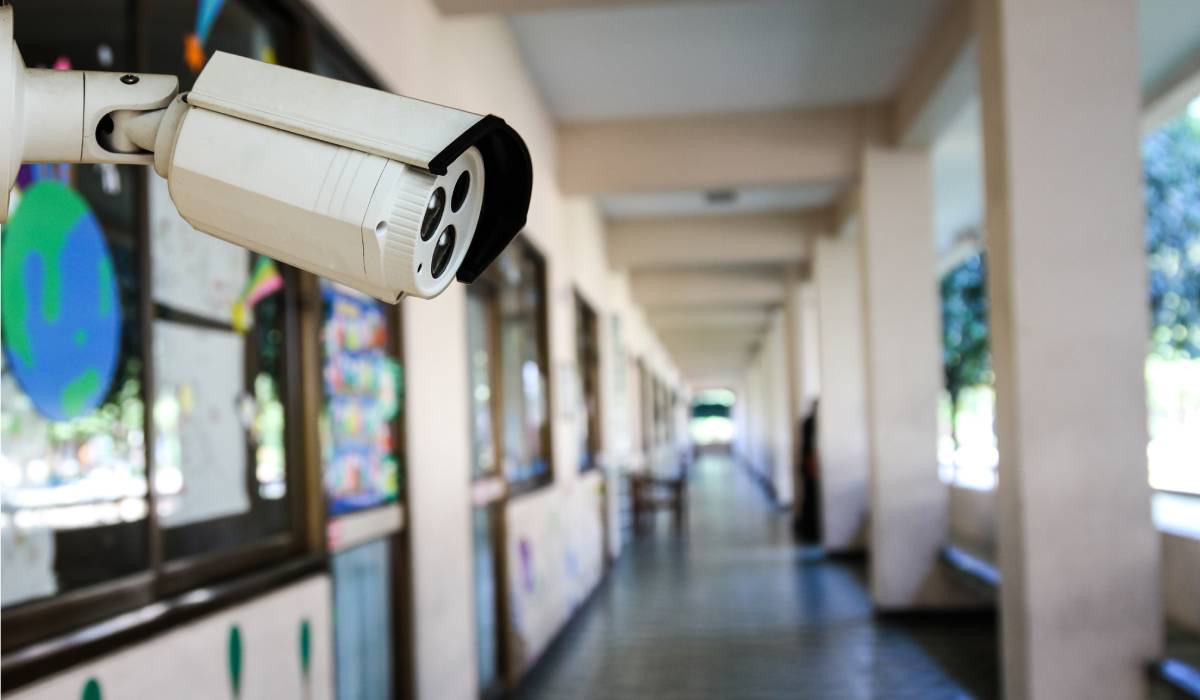The dynamic environment of educational institutions necessitates vigilance and proactive measures to address security vulnerabilities. These vulnerabilities, if left unattended, can pose serious threats to the safety of students, staff, and visitors. From physical security gaps to cybersecurity threats, each issue demands immediate attention. By identifying and addressing these vulnerabilities, schools can bolster their defenses and create a nurturing environment for learning and growth.
Effective surveillance systems are an essential component of a secure environment. Yet many schools neglect comprehensive camera coverage, leaving critical areas unmonitored. Without adequate monitoring and response protocols, incidents can escalate before anyone intervenes. When schools enhance their surveillance capabilities, they improve their ability to detect and prevent potential threats, creating a safer atmosphere for everyone.
Furthermore, access control measures often fall short, compromising school security. Unsecured entry points and a lack of visitor management allow unauthorized individuals to enter without detection. ID badges and access cards frequently go underused, reducing their effectiveness.
This oversight can lead to serious breaches, putting both students and staff at risk. Schools can address these concerns by adopting more stringent access control protocols, including measures to improve exterior school door security, ensuring only authorized individuals gain entry.
Human error and insider threats also contribute to security vulnerabilities in schools. Students and staff who lack proper training and awareness regarding protocols pose a security risk. This inattention can result in accidental breaches or deliberate insider threats, both of which present significant risks.
For example, a staff member might inadvertently click on a phishing email, allowing unauthorized access to sensitive data. Schools can address these issues by implementing robust training programs discussing security and the potential consequences of lapses.
Speaking of phishing emails, many schools are vulnerable to cybersecurity attacks because of poor practices. In particular, many institutions rely on unsecured networks and outdated software, which hackers exploit with ease.
Poor password policies and lack of encryption further increase the risk of data breaches and cyber-attacks. Schools must protect sensitive information and maintain a secure digital environment with software updates and employing strong encryption.
Lastly, many institutions fail to conduct regular drills or develop comprehensive emergency plans. Without strong communication systems, chaos can ensue during crises, jeopardizing the safety of students and staff. Schools need to prioritize effective emergency preparedness, ensuring everyone knows their role and can respond promptly to any situation. Regular drills and clear communication strategies enhance school safety and readiness.
Students, staff, and visitors should feel safe in all educational institutions. By committing to continuously improving security systems, schools can create a safer environment that creates trust and peace of mind for everyone.









